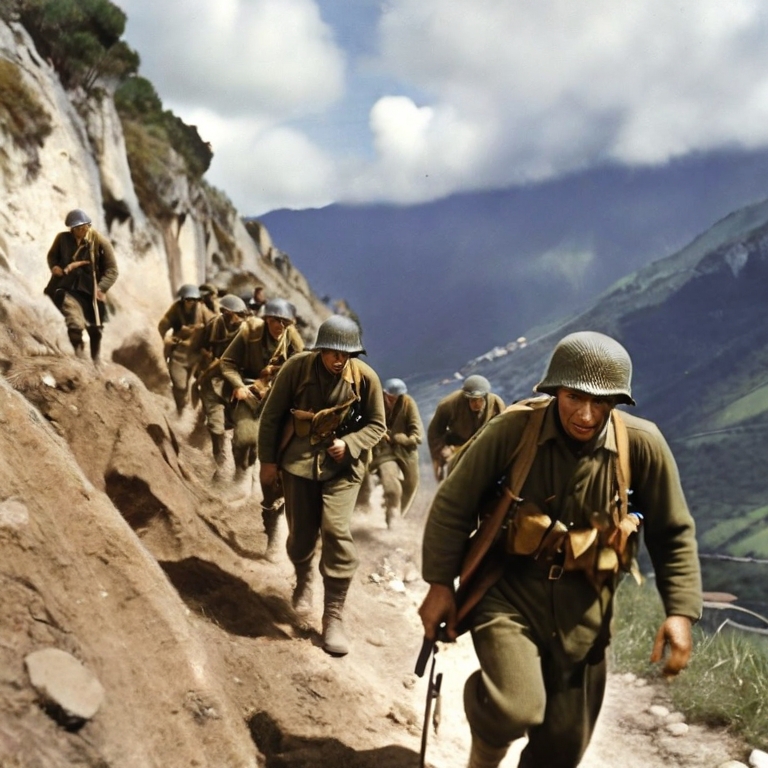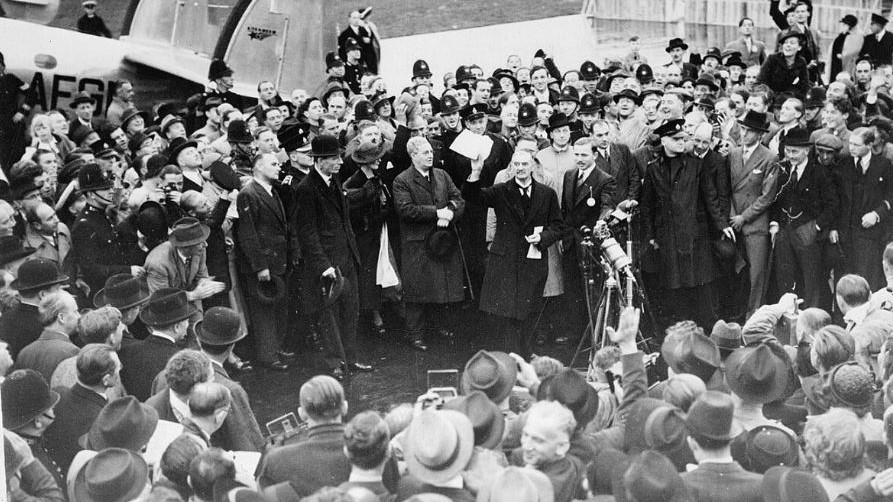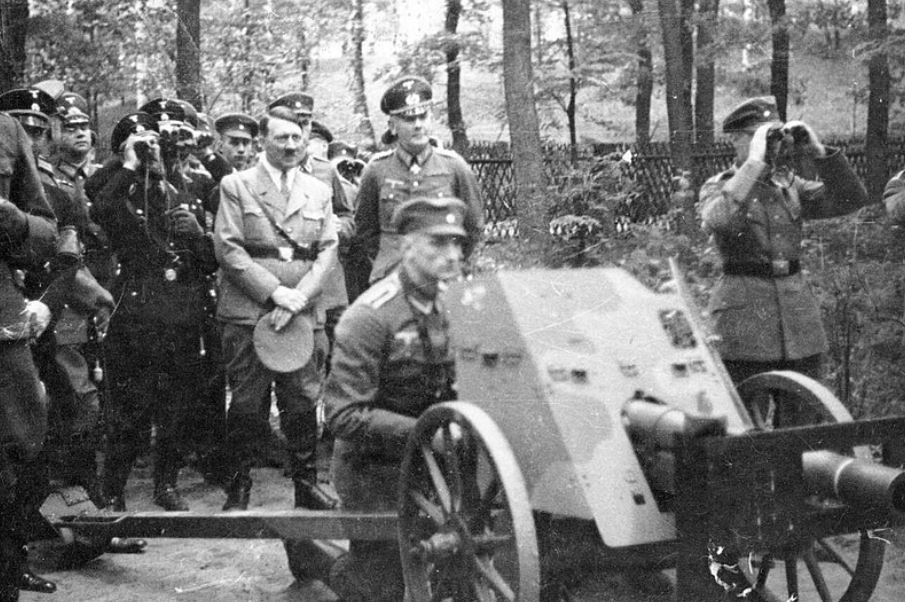Brazil played a significant role in World War 2. Despite its geographical distance from the primary battlefields, Brazil’s contributions to the Allied cause were multifaceted and far-reaching.
This article provides a narrative of the intriguing story of Brazil’s involvement in World War 2, shedding light on its motivations, actions, and the lasting impact it had on the course of history.
From providing crucial resources and military support to actively participating in combat operations, Brazil’s role in the war was both substantial and inspiring.
- 1. Brazil's Foreign Policy
- 2. Brazil’s Neutrality At Outset of World War 2
- 3. The Turning Point: Brazil's Involvement in World War 2
- 4. Brazil’s World War 2 Navy
- 5. The Brazilian Expeditionary Force (FEB)
- 6. Brazil’s Combat Operations
- 7. Brazilian Expeditionary Force’s Major Battles
- 8. Brazil's Casualties in World War 2
- 9. Reflection on Brazil's Impact in World War 2
- Further Reading
1. Brazil’s Foreign Policy

Counteracting Argentina’s Influence
In the 1920s and 1930s, Brazil pursued an active foreign policy aimed at asserting itself as the premier South American power to counterbalance growing Argentine economic and political influence in the region. Specifically, Brazil sought diplomatic ties with other Latin American states as well as fortifying relations with the United States. These measures were intended to undermine Argentine aspirations of dominance.
Ties with the United States
A key relationship Brazil fostered was with the United States, the emergent global superpower.
As early as the 1920s, Brazilian officials recognized the potential gains from aligning with the U.S. both economically and militarily. Several trade and cooperation deals were struck, and Brazil welcomed American cultural exchange and investment.
This bonding reflected Brazilian ambitions to resist Argentine pressure via leveraging American support.
2. Brazil’s Neutrality At Outset of World War 2
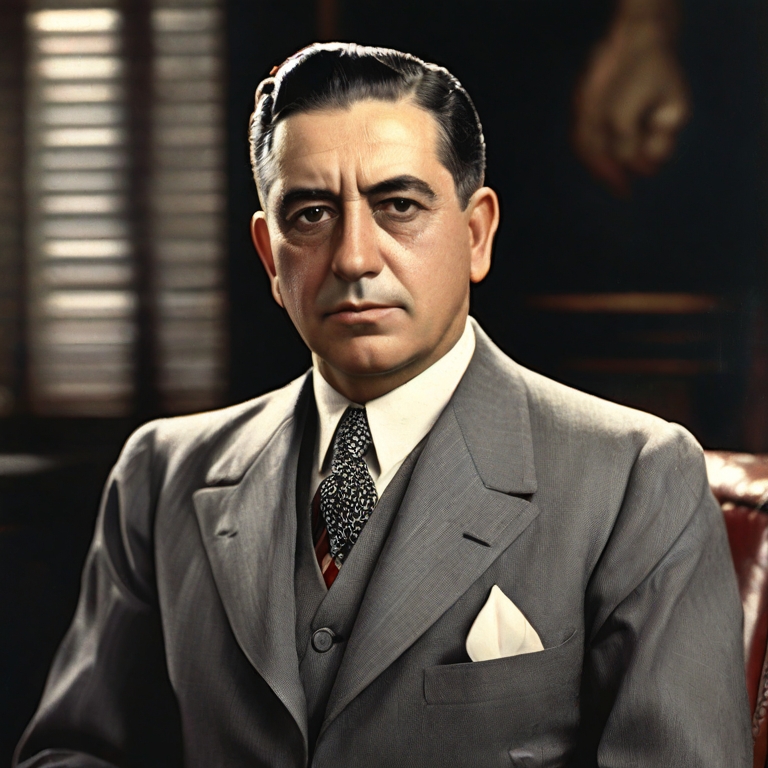
At the outbreak of World War 2 in September 1939, Brazil, under the leadership of President Getúlio Vargas, adopted a policy of neutrality.
This decision was influenced by several factors, including:
- Brazil’s historical tradition of non-intervention in foreign conflicts,;
- Its economic ties to both Allied and Axis powers; and
- Brazil’s desire to avoid becoming a target of aggression.
Brazil’s neutrality allowed it to maintain diplomatic relations with all belligerents and to continue trading with both sides.
This position also enabled Brazil to act as a mediator between the warring parties. For example, in 1940, Brazil helped to negotiate the release of British sailors who had been captured by German U-boats. Brazil also played a role in the repatriation of Japanese nationals from Latin America to Japan in 1942.
In addition to its diplomatic efforts, Brazil also provided humanitarian assistance to victims of the war. For example, Brazil donated food and medical supplies to Finland during the Winter War of 1939-1940. Brazil also welcomed refugees from Europe, including Jews fleeing Nazi persecution.
Brazil was a major exporter of coffee, rubber, and other commodities. It continued to trade with both sides throughout the war. This trade helped to keep Brazil’s economy afloat and to prevent it from suffering the same economic hardships that many other countries experienced during the war.

However, Brazil’s neutrality was not without its challenges. The country faced pressure from both the Allies and the Axis to abandon its neutral stance and join the war.
The United States, in particular, was eager to secure Brazil’s support, as it viewed Brazil as a strategically important country in the South Atlantic.
Despite these pressures, Brazil remained committed to its neutrality until December 1941, when the Japanese attack on Pearl Harbor brought the United States into the war. Brazil’s solidarity with its American neighbor led it to declare war on the Axis powers on January 28, 1942, marking the end of its neutrality.
3. The Turning Point: Brazil’s Involvement in World War 2
The Deal with the United States: Joint Brazil-U.S. Defense Commission
Following Pearl Harbor and America’s entry into World War 2, Brazil’s continued neutrality was unsustainable.
After German U-boats sank multiple Brazilian merchant ships in early 1942, Brazil signed an agreement with the United States to finally enhance collective hemispheric defenses – the Joint Brazil-U.S. Defense Commission.
Through the Commission, Brazil granted the U.S. $100 million dollars worth of state-of-the-art armaments and munitions while leasing strategic military basing rights for American forces.
In exchange, the U.S agreed to provide Brazil technical assistance, additional war materiel including modern aircraft and warships, and supplemental training to rapidly upgrade Brazil’s dated military capabilities. This pragmatic arrangement garnered Brazil substantial security enhancements without yet waging its own war abroad.
Motivations for Cooperation
Geopolitical and economic considerations primarily drove Brazil’s rapprochement with Washington after years of neutrality balancing South American interests.
Continued disruption of Brazilian shipping by German submarine warfare was estimated to have cost millions in lost trade revenue.
Meanwhile domestic pro-Fascist elements sympathetic to the Axis regimes remained concerning.
Making common cause with the U.S. served to counter radicalism, modernize Brazil’s coastal defenses and port security, and reassert Brazil’s prestige as an emerging regional power allied with the probable victor.
American incentives sweetened the deal – promises of lucrative trade contracts, investments in infrastructure, and technical assistance appealed strongly to Brazilian leadership.
Building American Bases
Under the Commission, Brazil granted extensive basing rights for American forces to protect the South Atlantic.
U.S. Army engineers commenced frenzied construction of airfields suitable for long-range bombers and transport aircraft across Brazil’s northeast between major port hubs like Belem and Natal.
Meanwhile the Navy upgraded facilities to base submarine hunting vessels, patrol boats and shipping convoy escorts.
Hundreds of American servicemen descended upon Brazil’s coastline operating advanced radar systems, constructing concrete runways through tropical terrain and coordinating maritime patrols.
This influx boosted local economies but taxed limited infrastructure. Brazilian railroads, docks and roads struggled handing wartime equipment and supplies destined for distant battlefronts.
Declaration of War
Despite warming ties between Brazilian and American forces through 1942, Germany increased attacks on Brazilian shipping prompting full war declaration in August.
This triggered immediate U-boat bombardment of coastal ports over the next years.
Brazil consequently suffered over 1,500 casualties and lost multiple warships and merchant vessels critical for trade.
4. Brazil’s World War 2 Navy
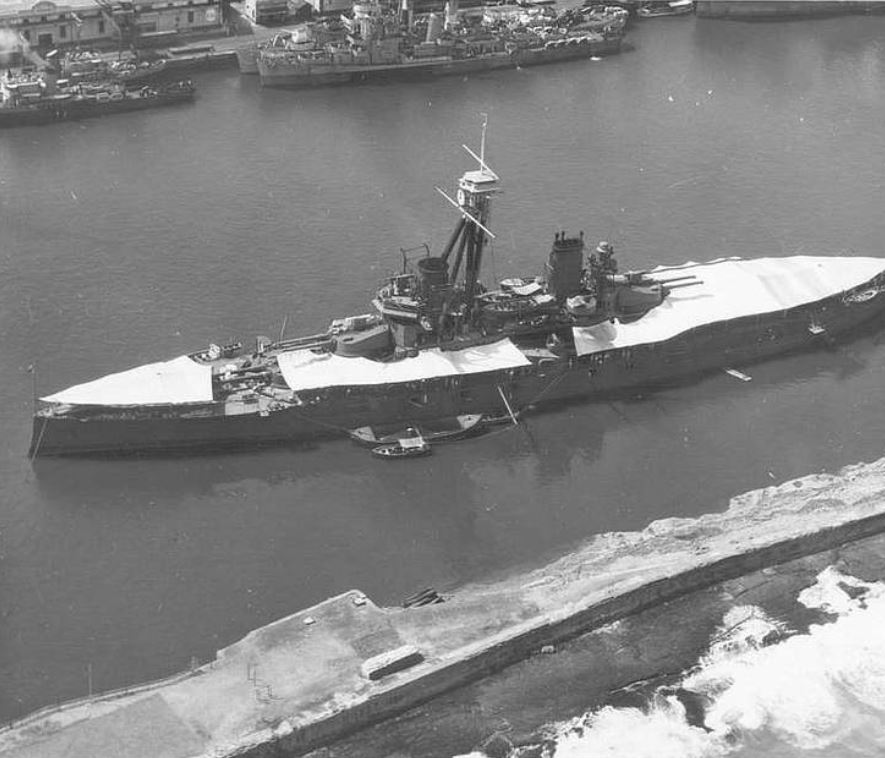
During World War 2, Brazil’s Navy played a significant role in the Atlantic theatre.
The Brazilian Navy, known as the Marinha do Brasil, actively participated in anti-submarine warfare, convoy protection, and other naval operations in the South Atlantic.
The key engagements and operations of Brazil’s Navy during World War 2 included:
- Convoy Escort Operations:
- Brazil deployed naval forces to escort Allied convoys in the South Atlantic, safeguarding the crucial sea lanes for the transportation of troops and supplies. This was particularly important for maintaining the flow of goods between the Americas and the African and European theaters.
- Battle of the Atlantic:
- Brazilian naval vessels, including destroyers and patrol boats, engaged German U-boats in the Battle of the Atlantic. The Brazilian Navy’s anti-submarine efforts helped reduce the threat posed by German submarines in the South Atlantic.
- Participation in D-Day:
- In June 1944, as part of the larger Allied invasion of Normandy (D-Day), Brazil sent a naval task force to the English Channel. This force included the cruiser “Bahia” and escort ships, which provided support and protection for the invasion fleet.
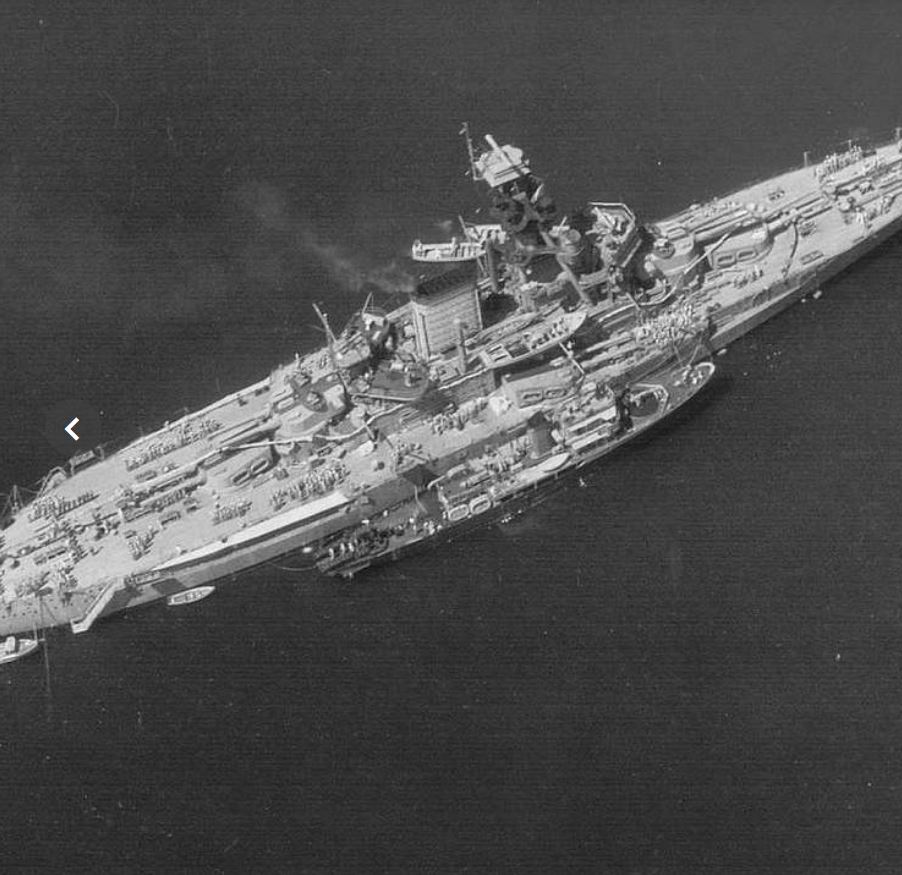
Brazil faced challenges in terms of limited naval resources and infrastructure. The country had to rapidly expand and modernize its navy to meet the demands of wartime operations. But it did make significant contributions to the Allied victory in World War 2, particularly in the South Atlantic.
5. The Brazilian Expeditionary Force (FEB)
The Brazilian Expeditionary Force (FEB) was a military unit sent by Brazil to fight alongside the Allied forces in World War 2. It was the only military force from Latin America to participate in combat operations in the European theater of the war.
The BEF was formed in July 1943, after Brazil declared war on the Axis powers.
Delayed Deployment
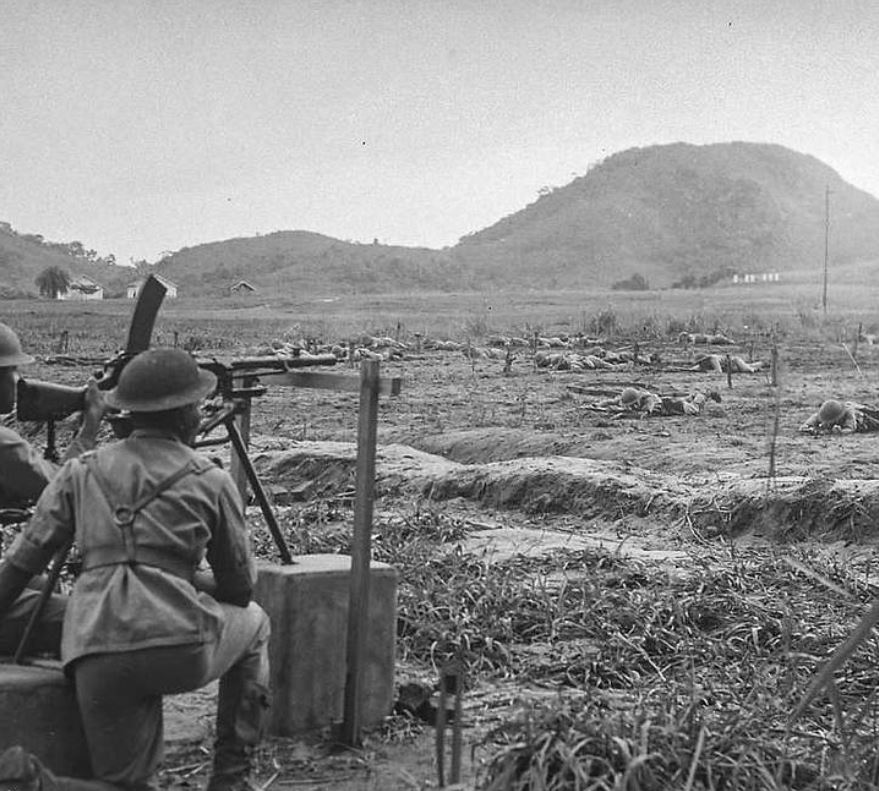
The formation of the Brazilian Expeditionary Force (FEB) was a complex and challenging process.
Brazil had a limited military tradition and had never before sent troops to fight overseas. The FEB was also formed at a time when Brazil was facing a number of domestic challenges, including economic instability and political unrest.
Despite these challenges, the Brazilian government was able to overcome the obstacles and form the FEB.
The Brazilian government called for volunteers from all walks of life, and over 80,000 men responded to the call. The volunteers were then subjected to a rigorous selection process, which included physical and psychological tests.
The FEB was commanded by General Mascarenhas de Morais, a veteran of the Brazilian Army. General de Morais was a highly respected and experienced officer, and he was instrumental in the FEB’s success.
6. Brazil’s Combat Operations
Brazilian Expeditionary Force’s Nickname
The FEB’s nickname, “Smoking Cobras,” originated from a combination of factors. Firstly, the FEB’s soldiers were known for their aggressive and determined fighting style, which earned them the reputation of being “snakes that bite.”

Secondly, the FEB’s insignia featured a cobra snake, which was meant to symbolize the force’s strength and determination.
The nickname “Smoking Cobras” was first used by the FEB’s soldiers themselves, and it quickly caught on with the Allied forces and the Italian population.
The nickname was a source of pride for the FEB soldiers, and it reflected their reputation as a formidable fighting force.
7. Brazilian Expeditionary Force’s Major Battles
The Brazilian Expeditionary Force (FEB) fought in a number of major battles and operations in Italy during World War 2. These included:
Battle of Monte Castello (February 21, 1945)
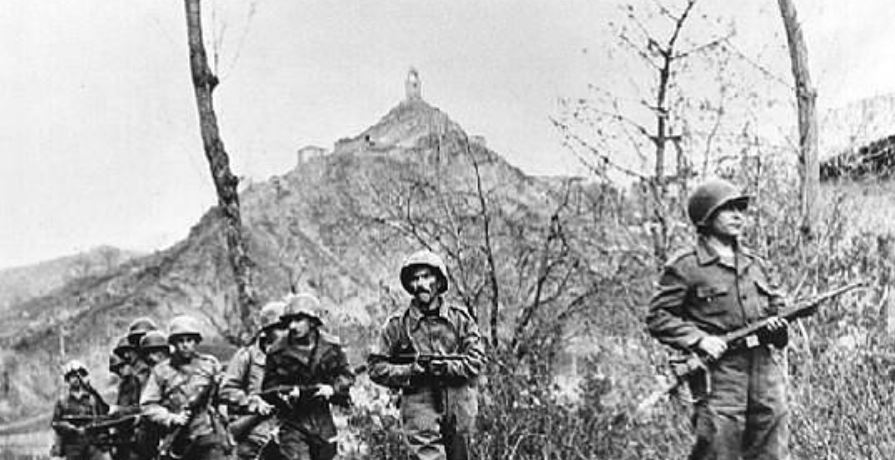
The Battle of Monte Castello was a pivotal battle in the Italian Campaign of World War 2. Fought from November 25, 1944, to February 21, 1945, it pitted the Brazilian Expeditionary Force (FEB) against heavily entrenched German forces defending a strategically important hilltop position. The battle was marked by relentless attacks, harsh winter conditions, and heavy casualties, but ultimately saw the FEB clinch a hard-earned victory that opened the way for the Allied advance in the Apennines.
Setting the Stage: The Battle of Monte Castello took place in the Apennines Mountains, north of Florence, Italy. The hilltop position was strategically important because it controlled a key route to Bologna. The FEB, consisting of around 10,000 experienced soldiers, was tasked with capturing the hill from the well-fortified German defenders.
A Brutal and Bloody Contest: The battle was a brutal and bloody affair. The Germans were well-entrenched in a network of bunkers, trenches, and barbed wire, and they rained down machine-gun fire and mortar shells from their well-concealed positions. The FEB launched six attacks over three months, but each time they were met with fierce resistance. The terrain, steep and rocky, favored the defenders, and the harsh winter conditions added to the misery of the soldiers.
Turning the Tide: Despite the setbacks, the FEB never gave up. They adapted their tactics, using flanking maneuvers, smoke screens, and close-quarter combat to bypass German defenses. They also received crucial support from Allied artillery, which helped to soften up enemy positions. Finally, on February 21, 1945, after weeks of fighting, the FEB captured Monte Castello.
The Aftermath: The victory at Monte Castello was a turning point in the Italian Campaign. It opened the way for the Allied advance in the Apennines and paved the way for the liberation of Bologna. The battle also earned the FEB the respect and admiration of their allies and the gratitude of the Italian people.
The Legacy of Monte Castello: The Battle of Monte Castello is a reminder of the courage and determination of the Brazilian Expeditionary Force. It is also a reminder of the human cost of war. Today, there are several monuments and memorials that stand on Monte Castello, commemorating the sacrifices made by the soldiers who fought there.
Battle of Castelnuovo (March 10-14, 1945)
Following the hard-won triumph at Monte Castello, the Brazilian Expeditionary Force (FEB) marched onward, their sights set on the strategically significant town of Castelnuovo.
The battle that unfolded there from March 10-14, 1945, would prove another testament to the FEB’s grit and tactical prowess in the face of stubborn German resistance.
A Town Turned Fortress: Castelnuovo wasn’t just any Italian town. Nestled amidst rolling hills and dominated by a medieval castle, it had been transformed by the Germans into a veritable fortress. They had fortified every nook and cranny, weaving a web of trenches, bunkers, and barbed wire, further bolstered by minefields and artillery positions. This intricate defensive network would test the FEB’s mettle to the limit.
Undeterred by the formidable obstacle before them, the FEB launched a three-pronged attack to exploit weaknesses in the German lines.
After days of intense fighting, the FEB managed to breach the German defenses in key sectors, forcing the enemy to redeploy and scramble. German counterattacks were met with unyielding Brazilian resolve. But slowly and surely, the tide began to turn.
By March 14th, with the castle finally captured, the Germans were in full retreat, leaving Castelnuovo in the hands of the victorious FEB.
The Battle of Castelnuovo showcased the lessons learned at Monte Castello. The FEB’s adaptability, resilience, and tactical flexibility proved crucial in overcoming a well-entrenched enemy in difficult terrain.
Castelnuovo wasn’t just a tactical victory; it served as a beacon of hope for the Italian people. The liberation of the town brought an end to German occupation
Spring 1945 Offensive
Following their triumphant capture of Castelnuovo, the FEB set their sights on a much bigger prize: cracking the German Gothic Line.
The FEB played a key role in breaking through the German Gothic Line, a series of heavily fortified defensive positions.
The FEB captured strategic locations like Mount Prano, Monte Acuto, and San Quirico, significantly weakening German defenses and paving the way for the Allied liberation of Bologna.
Battle of Collecchio (April 21-22, 1945)
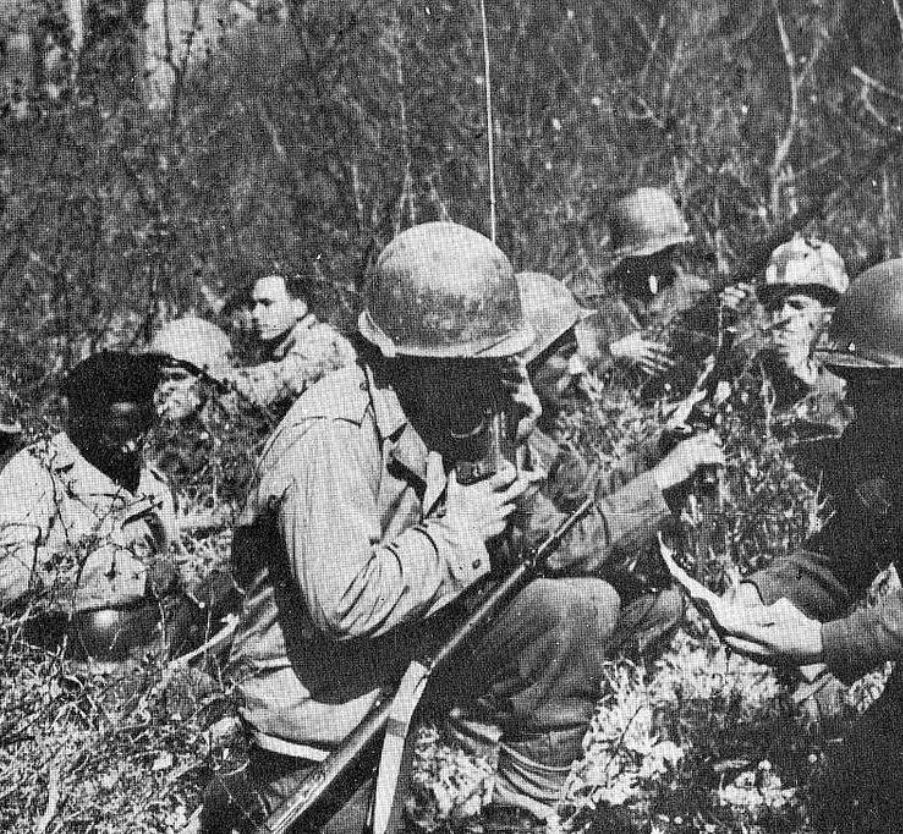
The Battle of Collecchio, fought from April 21-22, 1945, marked the final major engagement for the valiant Brazilian Expeditionary Force (FEB) in World War 2. Though brief, it was a fierce clash that solidified the FEB’s legacy as a formidable force and played a crucial role in securing Allied victory in Italy.
By this point, the FEB was seasoned and battle-hardened, having overcome brutal battles like Monte Castello and Castelnuovo. However, they were also exhausted and depleted after months of relentless fighting.
German Forces: Retreating but desperate German units, comprised of a mix of SS troops and Fallschirmjäger paratroopers, sought to delay the Allied advance and buy time for their comrades further north.
Despite being on the run, the Germans made a fierce stand at Collecchio. They capitalized on the advantageous terrain – a series of hillocks and ditches offering excellent defensive positions.
After two days of intense fighting, the FEB finally captured Collecchio, effectively crushing organized German resistance in the region.
End of an Era: This victory marked the end of the FEB’s major combat operations in Italy. Their bravery and sacrifice in the Apennine Mountains had significantly contributed to the Allied liberation of the country.
Battle of Bologna (April 21-25, 1945)
The FEB participated alongside other Allied forces in the liberation of Bologna, a major industrial and cultural center in northern Italy.
Other Operations in Italy
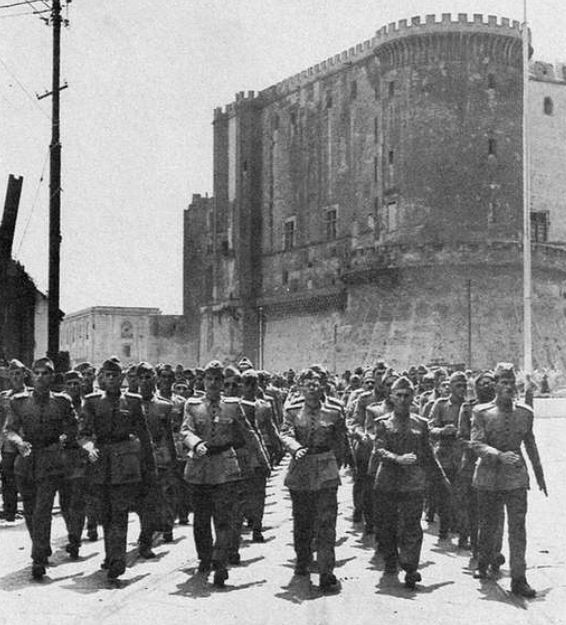
In addition to these major battles and operations, the FEB also participated in a number of other actions in Italy, including:
- Strafing of German positions
- Support for Allied ground forces
- Reconnaissance missions
- Liberation of other Italian cities and towns
Reputation for Bravery and Professionalism
The FEB distinguished itself in combat, earning a reputation for bravery and professionalism.
The FEB’s soldiers were known for their courage, their determination, and their ability to fight effectively in difficult conditions. Their bravery and professionalism was recognized by the Allied forces and the Italian population alike.
8. Brazil’s Casualties in World War 2
The contribution of Brazil to the Allied cause in World War 2 came at a significant human cost. Both military and civilian casualties underscore the sacrifices made by the Brazilian people during this global conflict.
Military Casualties
The Brazilian Expeditionary Force (BEF) faced the harsh realities of combat in the Italian Campaign. While the BEF demonstrated resilience and effectiveness on the battlefield, it was not without losses.
The exact number of Brazilian military casualties in World War 2 is a subject of historical debate, with estimates suggesting that over 900 Brazilian soldiers lost their lives during the conflict.
These brave men fought valiantly under challenging conditions, and their sacrifices contributed to the overall success of the Allied forces in Europe.
Civilian Casualties
While Brazil did not witness direct military engagements on its soil. But the impact of the war was felt on the home front.
The disruption of trade routes, economic shifts, and the global nature of the conflict influenced the lives of Brazilian civilians.
Exact civilian casualty figures are challenging to quantify due to the indirect nature of Brazil’s involvement. However, the war’s consequences, including economic challenges and disruptions, undoubtedly affected the daily lives of many Brazilians.
9. Reflection on Brazil’s Impact in World War 2
Brazil, once a distant player in international affairs, emerged as a key contributor to the Allied cause, leaving its own mark on the outcome of the war.
The Brazilian Expeditionary Force (BEF) served as a symbol of courage, resilience, and dedication to the principles of freedom and democracy. The creation of the BEF, despite initial challenges and delays, demonstrated Brazil’s commitment to standing shoulder to shoulder with the Allied nations.
The battles and achievements of the BEF in the Italian Campaign, from the challenging Monte Castello to the successful Battle of Colecchio, showcased the military prowess of Brazilian forces. The Smoking Cobras, as they came to be known, not only captured Axis soldiers but also captured the admiration of the international community for their resilience and effectiveness on the battlefield.
In closing, Brazil’s journey through World War 2 reflects a nation’s evolution, resilience, and commitment to the principles of freedom.

